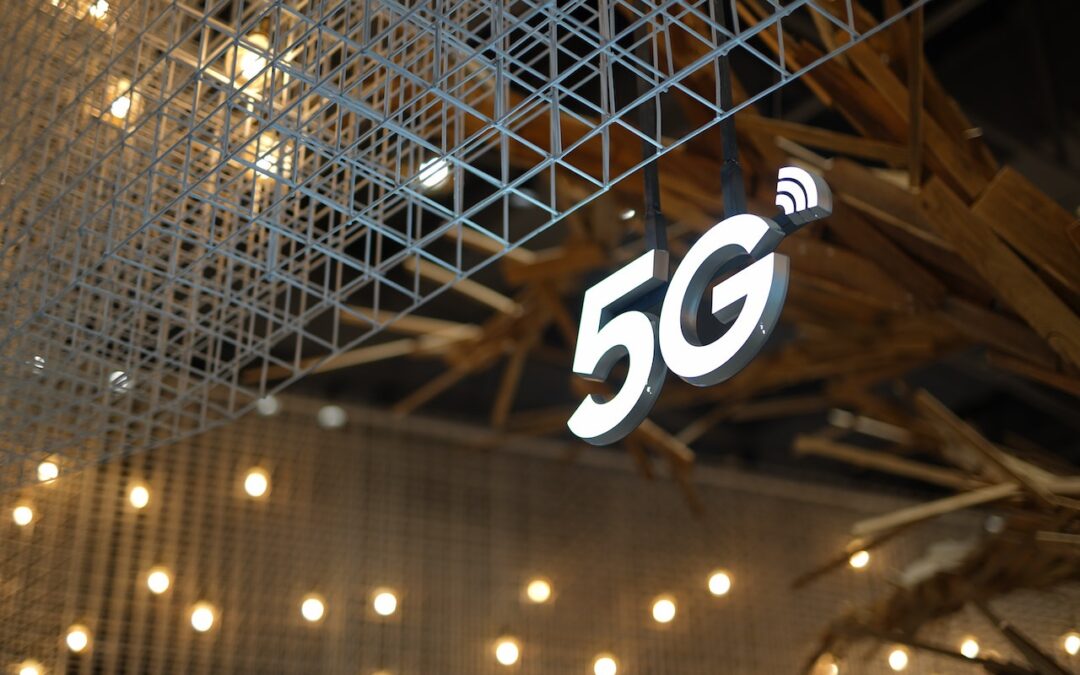In contrast to its first through fourth generation predecessors, the fifth generation mobile network is designed to connect everyone and everything, including mobile devices, machines, and hardware, via wireless technology that delivers vast network capability, high multi-Gbps peak data speeds, increased reliability with ultra-low latency, increased availability, and a more uniform user experience. Experts predict that the enhanced performance and improved efficiency that 5G offers will mark a major milestone in the evolution of user experiences, inspiring and connecting new industries.
While no single person or entity can claim ownership of 5G, several companies contributed significantly to bringing it to life. 5G is underpinned by Orthogonal Frequency Division Multiplexing (OFDM), a method of modulating digital signals across different channels to reduce interference.
Designed to deliver faster, better, more reliable broadband services than 4G, 5G also has the potential to expand into new service areas, including mission-critical communications and connecting the Internet of things (IoT). Boasting high speeds combined with negligible latency and superior reliability, 5G is predicted to expand the mobile ecosystem into new realms. Experts anticipate that 5G will revolutionize virtually every industry, paving the way for remote health care, digitalized logistics, safer construction sites, and precision agriculture.
Driving $13.1 trillion in global economic output, 5G is a catalyst for global growth, having already created some 22.8 million new jobs to date. One landmark 5G Economy study suggested that the full economic effect of 5G will be realized globally by 2035, supporting an array of industries.
Boasting speeds up to 20 times faster than 4G, 5G cellular technology started circulating in 2019. Experts predict that, by 2025, half of all North American network users will be covered by 5G. Currently, numerous urban centers around the world benefit from such coverage.
5G confers a multitude of benefits, chief among them improved mobile connections. Faster data transfer lies at the heart of each and every cellular technology improvement. While 1G can handle just 2 Kbps and 4G supports up to 1 Gbps, 5G’s 20-fold improvement over 4G speeds opens up a world of new possibilities. Aside from faster speeds, 5G enables more users to connect to a single tower, eliminating network congestion during mass gatherings.
As increasing numbers of workers adopt teleworking models, spawning a new generation of digital nomads, 5G’s reliability, connection speed, and lightning-fast response times enable users to work from anywhere. Until relatively recently, Internet outages disrupting access to corporate networks posed one of the biggest risks to remote workers. For users whose network provider failed to provide a consistent connection, keeping pace with daily schedules could prove to be a major challenge. However, widespread deployment of 5G has hailed the advent of a new era, effectively enabling people to work from anywhere, facilitating virtually instantaneous file transfers and crystal clear videoconferencing and enabling ecolleagues to collaborate virtually on projects in real time.
5G demonstrates potential to make bandwidth-intensive processes like VR, AR, and real-time data transfer analysis possible at a larger scale, thanks to its reliable high speed and low latency. This poses potential in a variety of industries; for example, 5G could be used to optimize how farms manage waste and water or to create more effective and efficient supply chains with improved product traceability and process management. As already touched upon, 5G could mark a turning point in hybrid work models, as well as facilitate modernization of worker training, providing more hands-on guidance in different situations.
5G could have a significant impact in local communities, optimizing efficiency of public transportation and making the streets safer. It could be leveraged to improve public safety, improving first-responder training, potentially providing a solution to current first-responder shortages. The technology could be used to improve infrastructure around utilities, as well as making roads safer with smarter autonomous cars. 5G could even help detect and prevent wildfires and other natural disasters, and in doing so, it could not only prevent the loss of thousands of acres of land and millions of dollars in damage, but also potentially save countless lives.
The wholescale rollout of 5G is not without potential risks. With vast amounts of data transmitted via 5G networks, concerns have arisen regarding data security and privacy. With 5G technology relying so heavily on interconnected systems, it could be vulnerable to cyberattacks. Additionally, with implementation still in its infancy, considerable regulatory uncertainty remains. Some researchers have also raised concerns regarding potential health risks associated with 5G technologies, including exposure to electromagnetic radiation.
Precisely when 5G will become mainstream is difficult to predict, with uptake dependent on several factors, including availability and cost. However, some researchers suggest that the technology will enter the mainstream by 2027, potentially changing the way we connect with each other and paving the way for the development of groundbreaking technology within the span of just a few years.

